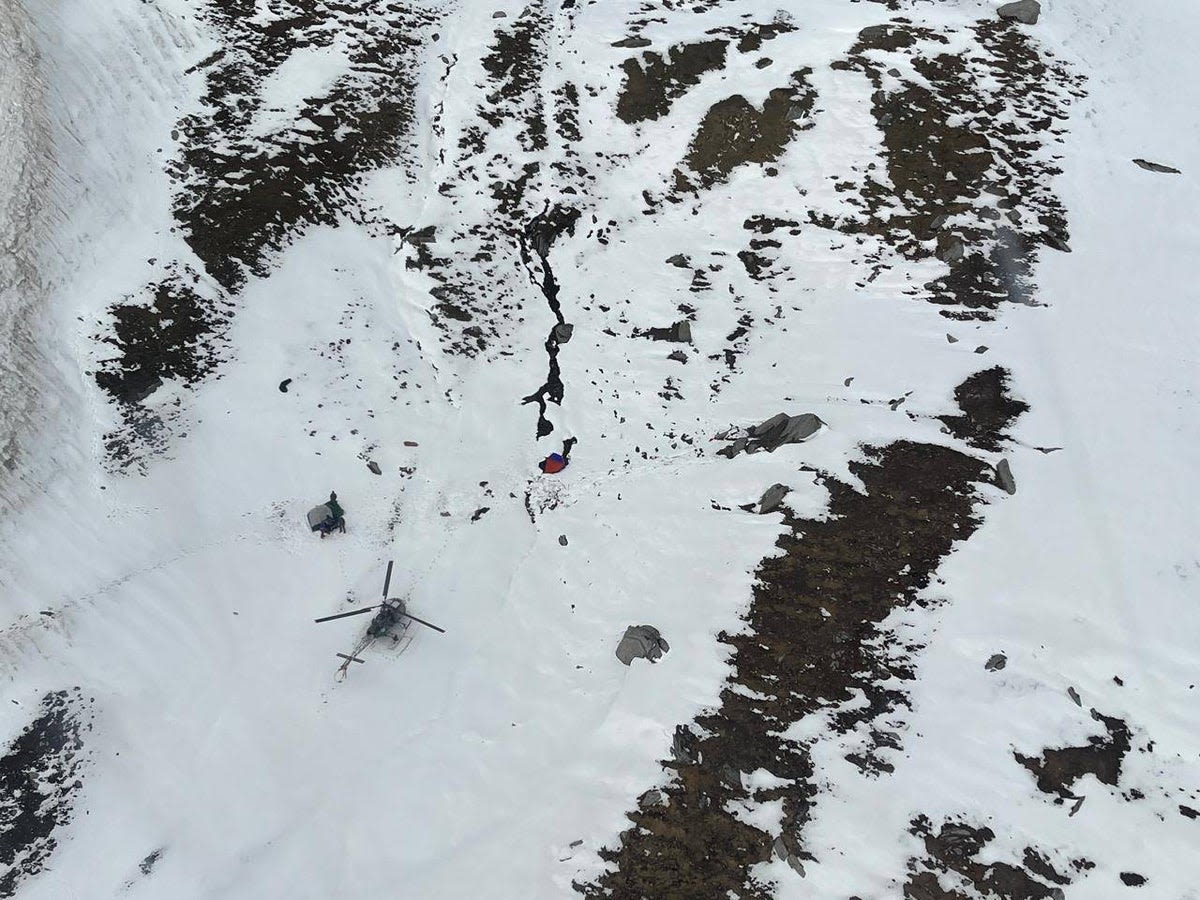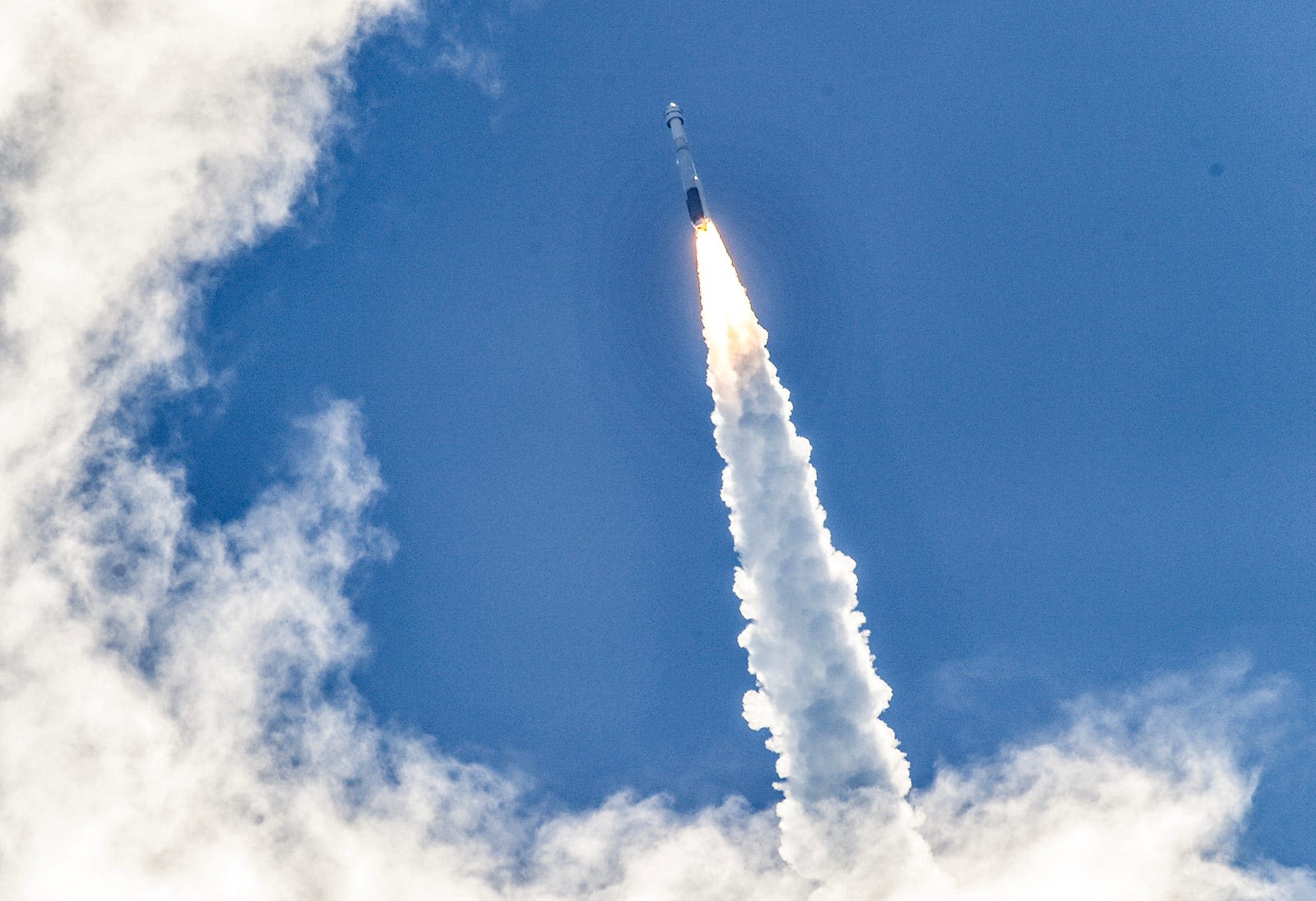Search results
A negligent father who abandoned his son years ago tries to reconnect with him by restoring an old Indian motorbike. The film explores the themes of family, romance and redemption, and features Matt Dallas and Sal Landi.
- (1.8K)
- Drama, Family, Romance
- James R. Gorrie
- 2007
News about SpaceX, Starship, Elon Musk
News about Indian Himalayas, Indian American community, India
Also in the news
You can buy "The Indian" on Vudu as download or rent it on Vudu online. Synopsis "The Indian" is a touching drama about a negligent father who must face the son he abandoned years earlier, and the emotional wreckage he caused, in order to obtain a life-saving transplant.
- James R. Gorrie
- 2
Nov 24, 2009 · Anything broken can be fixed…. A buried 1917 Indian motorcycle brings together the rebellious Danny (Matt Dallas, “Kyle XY”), the father who deserted him (Sal Landi) and Shelby (Alison Haislip), a young and beautiful mechanic.
- (34)
- English
- Color, Multiple Formats, NTSC, Dolby
- 1 hour and 31 minutes
- Overview
- Early cultural development
- Archaic peoples
American Indian, member of any of the aboriginal peoples of the Western Hemisphere. Eskimos (Inuit and Yupik/Yupiit) and Aleuts are often excluded from this category, because their closest genetic and cultural relations were and are with other Arctic peoples rather than with the groups to their south. (See also Sidebar: Tribal Nomenclature: American Indian, Native American, and First Nation.)
The ancestors of contemporary American Indians were members of nomadic hunting and gathering cultures. These peoples traveled in small family-based bands that moved from Asia to North America during the last ice age; from approximately 30,000–12,000 years ago, sea levels were so low that a “land bridge” connecting the two continents was exposed. Some bands followed the Pacific coast southward, and others followed a glacier-free corridor through the centre of what is now Canada. Although it is clear that both avenues were used, it is not certain which was more important in the peopling of the Americas. Most traces of this episode in human prehistory have been erased by millennia of geological processes: the Pacific has inundated or washed away most of the coastal migration route, and glacial meltwash has destroyed or deeply buried traces of the inland journey.
The earliest ancestors of Native Americans are known as Paleo-Indians. They shared certain cultural traits with their Asian contemporaries, such as the use of fire and domesticated dogs; they do not seem to have used other Old World technologies such as grazing animals, domesticated plants, and the wheel.
Britannica Quiz
Native American History Quiz
Archaeological evidence indicates that Paleo-Indians traveling in the interior of Northern America hunted Pleistocene fauna such as woolly mammoths (Mammuthus species), giant ground sloths (Megatherium species), and a very large species of bison (Bison antiquus); those traveling down the coast subsisted on fish, shellfish, and other maritime products. Plant foods undoubtedly contributed to the Paleo-Indian diet, although the periglacial environment would have narrowed their quantities and varieties to some extent. Plant remains deteriorate quickly in the archaeological record, which can make direct evidence of their use somewhat scarce. However, food remains at Paleo-Indian sites including Gault (Texas) and Jake Bluff (Oklahoma) indicate that these people used a wide variety of plants and animals.
Although the artifacts recovered from many Paleo-Indian sites are predominantly, or even solely, stone tools, it is likely that these groups also made a wide variety of goods from perishable materials that have since disintegrated; certainly, stone tools alone would have proved inadequate to the challenges these peoples encountered. One of the most distinctive Paleo-Indian artifact types is the Clovis point, the first of which was discovered on a kill site near what is now Clovis, New Mexico. Clovis points are lance-shaped, partially fluted, and used for killing mammoths and other very large game (see Clovis complex).
Exclusive academic rate for students! Save 67% on Britannica Premium.
As the environment changed, so did indigenous economic strategies. The most visible change was a further diversification in subsistence. As megafauna became scarce and cold-weather flora retreated north, groups began to prey upon smaller animals such as deer and elk, to catch fish and collect shellfish from inland rivers and lakes, and to use a wider array of plant foods, including seeds, berries, nuts, and tubers. People became somewhat more settled, tending to live in larger groups for at least part of the year; they often built seasonal residences along waterways. They also developed systems of trade between different geographical areas. These changes in diet and settlement and the development of trade are some of the defining characteristics of the Archaic cultures.
Archaic technology included grinding tools (mortars and pestles), woodworking tools (grooved stone axes and gouges), and items such as plummets whose use is not clear. Archaic hunting tools are distinguished by the introduction of the spear-thrower, which enables a hunter to throw a dart accurately and with great force at a distant target; so-called bird stones may have augmented the hunter’s throwing power. Large fluted points became less popular, replaced by smaller side-notched points more appropriate for dart-based hunting.
Official movie trailer for 'The Indian' starring Sal Landi and Matt Dallas, star of ABC's 'Kyle XY'.
- 2 min
- 55.3K
- dekafilm
May 17, 2024 · The Indian subcontinent is geologically bounded by the Himalayas to the north and by the Indian Ocean to the south. It is characterized by a north-south divide between the Indo-Gangetic Plain in the north, which includes the Indus, Ganges (Ganga), and Brahmaputra river systems, and the Deccan plateau in the south, whose major river systems ...
May 25, 2024 · Native American, member of any of the aboriginal peoples of the Western Hemisphere, although the term often connotes only those groups whose original territories were in present-day Canada and the United States. Learn more about the history and culture of Native Americans in this article.








